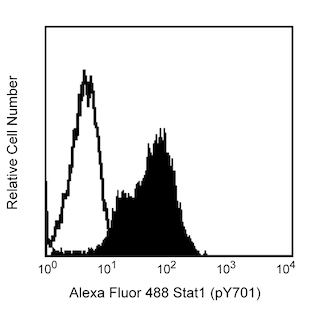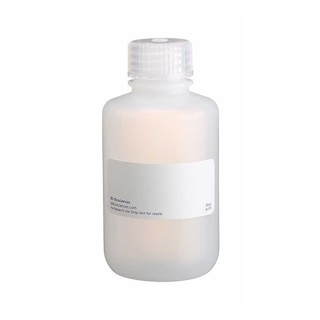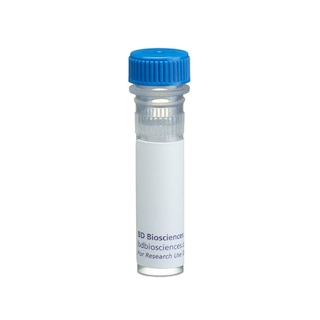-
Reagents
- Flow Cytometry Reagents
-
Western Blotting and Molecular Reagents
- Immunoassay Reagents
-
Single-Cell Multiomics Reagents
- BD® OMICS-Guard Sample Preservation Buffer
- BD® AbSeq Assay
- BD® OMICS-One Immune Profiler Protein Panel
- BD® Single-Cell Multiplexing Kit
- BD Rhapsody™ ATAC-Seq Assays
- BD Rhapsody™ Whole Transcriptome Analysis (WTA) Amplification Kit
- BD Rhapsody™ TCR/BCR Next Multiomic Assays
- BD Rhapsody™ Targeted mRNA Kits
- BD Rhapsody™ Accessory Kits
-
Functional Assays
-
Microscopy and Imaging Reagents
-
Cell Preparation and Separation Reagents
-
- BD® OMICS-Guard Sample Preservation Buffer
- BD® AbSeq Assay
- BD® OMICS-One Immune Profiler Protein Panel
- BD® Single-Cell Multiplexing Kit
- BD Rhapsody™ ATAC-Seq Assays
- BD Rhapsody™ Whole Transcriptome Analysis (WTA) Amplification Kit
- BD Rhapsody™ TCR/BCR Next Multiomic Assays
- BD Rhapsody™ Targeted mRNA Kits
- BD Rhapsody™ Accessory Kits
- United States (English)
-
Change country/language
Old Browser
This page has been recently translated and is available in French now.
Looks like you're visiting us from {countryName}.
Would you like to stay on the current country site or be switched to your country?




LEFT: Western blot analysis of Myogenin. Lysate from human rhabdomyosarcoma cells RH-30 (DSMZ, ACC 489) was probed with Purified Mouse Anti-Myogenin monoclonal antibody at 2 µg/ml. Myogenin is identified as a band of 34 kDa. RIGHT: Immunofluorescent analysis of Myogenin expression in rhadbomyosarcoma cells. Human rhabdomyosarcoma cells RH-30 (DSMZ, ACC 489) were fixed with BD Cytofix™ buffer (Cat. No. 554655), permeabilized with 0.1% Triton™ X-100, and stained with Purified Mouse anti-Myogenin monoclonal antibody (pseudo-colored green) at 0.6 µg/mL. The second-step reagent was Alexa Fluor® 488 goat anti-mouse Ig (Life Technologies), and counter staining was with Hoechst 33342 (pseudo-colored blue). The image was captured on a BD Pathway™ 435 Cell Analyzer and merged using BD Attovision™Software. BD Phosflow™ Perm/Wash Buffer I (Cat. No. 557885) and BD Phosflow™ Perm buffer III (Cat. No. 558050) are also suitable for permeabilization for immunofluorescent applications.


BD Pharmingen™ Purified Mouse Anti-Myogenin

Regulatory Status Legend
Any use of products other than the permitted use without the express written authorization of Becton, Dickinson and Company is strictly prohibited.
Preparation And Storage
Product Notices
- Since applications vary, each investigator should titrate the reagent to obtain optimal results.
- Species cross-reactivity detected in product development may not have been confirmed on every format and/or application.
- Please refer to www.bdbiosciences.com/us/s/resources for technical protocols.
- Sodium azide is a reversible inhibitor of oxidative metabolism; therefore, antibody preparations containing this preservative agent must not be used in cell cultures nor injected into animals. Sodium azide may be removed by washing stained cells or plate-bound antibody or dialyzing soluble antibody in sodium azide-free buffer. Since endotoxin may also affect the results of functional studies, we recommend the NA/LE (No Azide/Low Endotoxin) antibody format, if available, for in vitro and in vivo use.
- Triton is a trademark of the Dow Chemical Company.
- Caution: Sodium azide yields highly toxic hydrazoic acid under acidic conditions. Dilute azide compounds in running water before discarding to avoid accumulation of potentially explosive deposits in plumbing.
Companion Products




Myogenin is a member of the MyoD family of myogenic basic helix-loop-helix (bHLH) transcription factors that also includes MyoD, Myf-5, and MRF4 (also known as herculin or Myf-6). MyoD family members are expressed exclusively in skeletal muscle and play a key role in activating myogenesis by binding to enhancer sequences of muscle-specific genes. The regulatory domain of MyoD is approximately 70 amino acids in length and includes both a basic DNA binding motif and a bHLH dimerization motif. MyoD family members share about 80% amino acid homology in their bHLH motifs. Transfection of myogenin and other family members into a variety of non-muscle cells has been shown to either convert these cells to myogenic cells or to transcriptionally activate a set of otherwise unexpressed muscle-specific genes. In addition to activating muscle-specific genes, members of the MyoD family members activate their own transcription and transactivate the transcription of other MyoD family members. For example, transfection of myogenin into 10T1/2 cells or Swiss 3T3 cells results in the activation of the endogenous myogenin gene as well as transactivation of MyoD. Likewise, the transfection of MyoD into these cells results in the activation of MyoD as well as the transactivation of myogenin. Each member of the MyoD family has distinct roles in muscle development; myogenin plays a key role in muscle maturation. Myogenin migrates at a molecular weight of ~34 kDa by SDS-PAGE.
The F5D monoclonal antibody recognizes human, mouse, rat and cat myogenin. Mapping studies suggest that F5D reacts with an epitope between amino acids 138 and 158 of myogenin.
Development References (5)
-
Dias P, Dilling M, Houghton P. The molecular basis of skeletal muscle differentiation.. Semin Diagn Pathol. 1994; 11(1):3-14. (Biology). View Reference
-
Gang EJ, Jeong JA, Hong SH, et al. Skeletal myogenic differentiation of mesenchymal stem cells isolated from human umbilical cord blood. Stem Cells. 2004; 22(4):617-624. (Clone-specific: Flow cytometry). View Reference
-
Meadows E, Cho JH, Flynn JM, Klein WH. Myogenin regulates a distinct genetic program in adult muscle stem cells. Dev Biol. 2008; 322(2):406-414. (Biology). View Reference
-
Ryan T, Liu J, Chu A, Wang L, Blais A, Skerjanc IS. Retinoic acid enhances skeletal myogenesis in human embryonic stem cells by expanding the premyogenic progenitor population. Stem Cell Rev. 2012; 8(2):482-493. (Biology). View Reference
-
Wang NP, Marx J, McNutt MA, Rutledge JC, Gown AM. Expression of myogenic regulatory proteins (myogenin and MyoD1) in small blue round cell tumors of childhood. Am J Pathol. 1994; 147(6):1799-1810. (Clone-specific: Immunohistochemistry). View Reference
Please refer to Support Documents for Quality Certificates
Global - Refer to manufacturer's instructions for use and related User Manuals and Technical data sheets before using this products as described
Comparisons, where applicable, are made against older BD Technology, manual methods or are general performance claims. Comparisons are not made against non-BD technologies, unless otherwise noted.
For Research Use Only. Not for use in diagnostic or therapeutic procedures.